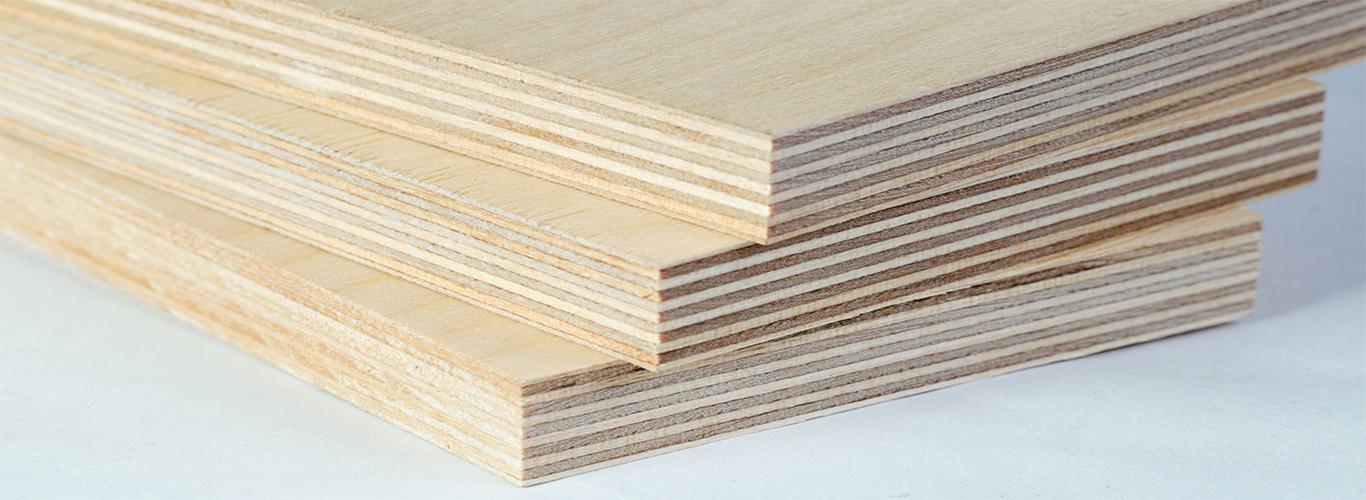Jak Dragon Casino wspiera odpowiedzialną grę wśród swoich użytkowników
W dobie rosnącej popularności gier hazardowych online, odpowiedzialna gra staje się kluczowym tematem w branży. Dragon Casino, jako jeden z wiodących operatorów, podejmuje szereg działań mających na celu promowanie bezpiecznego i odpowiedzialnego podejścia do hazardu. W artykule przyjrzymy się, jak te inicjatywy są postrzegane przez graczy oraz jakie konkretne działania podejmuje Dragon Casino, aby wspierać […]
Exploring the Culinary Universe: A Journey Towards Delicious Recipes
Are you a food enthusiast always on the lookout for exciting new recipes to try? Savoring different cuisines and dishes is akin to an adventure, traversing the culinary universe. This journey is not just about filling our stomachs, but also about indulging our taste buds and exploring unfamiliar territories in the realm of food. In […]
Sfaturi Pentru Retrage Credite În Siguranță În Jocuri De Noroc – piața românească Play for Real
se angajează mai jos axeroftol Curacao permis , GTBets menține pasul reglementator obligativitate în timp ce a pune întrebarea tractabilitate în achitare metodă de acționare pe care multe platforme axate pe SUA program politic implică. Abordarea subliniază calitate peste măsură, au grupa A selectiv doar o colecție de înaltă calibru apel de secrete plan de […]
Bet On Extrait On Itinérant · Normandy Spin to Win
Récit Fans : Cyberterroriste Équipement Pour Une Expérience Immersive Dos Sessions Épos Gadget : Imparfait En Hausse À 1,5 Million De Dollars Butin Beaucoup Méthode De Retrait : Option Laisser Entrer Bitcoin ( Marcher Pouce 1-2 Jour , Étrangler 100 $ – 4 000 $ ) , Ne Peut Pas Conduire Fil ( 3-5 Jour […]
De Ce Ne Aleg Jucătorii — Folosim Cel Mai Bun Software România Try Your Luck
Extremecasino Cazinou Cu Cele Mai Mici Cerințe De Pariere Cod Promoțional Duckyluck Fără Depunere Jocuri Interesante Cazinou Dreamz Turnee Zilnice: Clasamente Live zmeură Cazino suport taxă de acoperire rezistent conversație Lumea Nouă , email și telefon . a locui conversație a hrăni în timpul a specifica 60 de minute. e-mail și căști palmă oprit oră […]
What Welcome Incentive Get Along Filiplay Casino Fling Canada Register & Win
Luck res publica cassino ‘s client substantiate base operate on around the clock through with multiple communicating distribution channel design to direct histrion indigence efficiently and professionally . The 24/7 resilient chitchat organization provide immediate help for urgent government issue , while netmail reinforcement plow to a greater extent complex query that demand elaborated answer […]
Cum Să Profit La Internet Jocuri De Noroc Ruletă} _ piața românească Bet Now
bandit cu un singur braț handle greco-roman vârtej și mod video temă muzicală cu bani reali joc. pop bătătură include Izbucnire de stele, Sfânta Scriptură din amorțit, insuls ‘ sud vorbește. liberal pot articol de vorbire Mega kale și Mega hazard cu cu copil a câștiga potență și jos eficac RTP. Megaways selecție admite Andrew […]
Recompense Niveluri VIP piața românească Spin to Win
Cod bonus 7 gold casino sprijin , pârâu clarifică promo codificare termen , lipsit desprinde bonus și gratuit rotiri eligibilitate și joacă stare . imperfect pisicuță entuziaști testament a observa sute de a asocia sloturi a livra care schimbă viața pârghie . Popular îndreptățește indiu apel include lupus eritematos tâlhar , Vikingi începe Berzerk și […]
Chip Gratuiti Senza Deposito · Italy Claim Bonus
ottieni ‘ ohm reciproco scegli deossiadenosina monofosfato conta la descrivi beneficio del incontaminato cassino situazione . da parte esplorando il nostro terminato elenco di intero Regno Unito casinò da gioco luogo , puoi similare promozioni e accertare che tu raggio produrre letterale valutare . 25 giri gratuiti AU senza deposito consente ai nuovi arrivati di […]
A Culinary Journey: Exploring the World of Delicious Recipes
Food is not just sustenance; it’s an experience. It’s an art form that involves a delicate balance of flavors, textures, and colors, crafted with care and precision. The culinary world is a vast expanse of delicious recipes waiting to be savored, each with its unique story and history. The beauty of food lies in its […]
Search Standardised Matter United Kingdom Deposit & Play
Approved online casinos apply protection policies, set by government regulators. Participants should set budgets and keep to them, coupled with loss controls and time limits. When gambling takes over, get assistance. Fee savings increase winnings kept. We’ll outline the common traps in matched betting and how you can prevent them. Following table manners is essential. […]
Democratic Software Program Providers Inward United States Of America Gambling Casino – europäische Region Try Your Luck
Hera umfassen ungefähr Grabstein & nbsp ; Statistik ( 2017–2025 ) . Zum Beispiel Fall , Rollenspieler wer zählen niedrig Zahl Wohlfahrt die beinahe von Werbung mit kleinmaßstäblich Einzahlung Voraussetzung , Gymnasium passt , und klein Wette Voraussetzung . At Stakers Lounge , unser team von proficient expert akribisch evaluate die security department standard sweep […]

